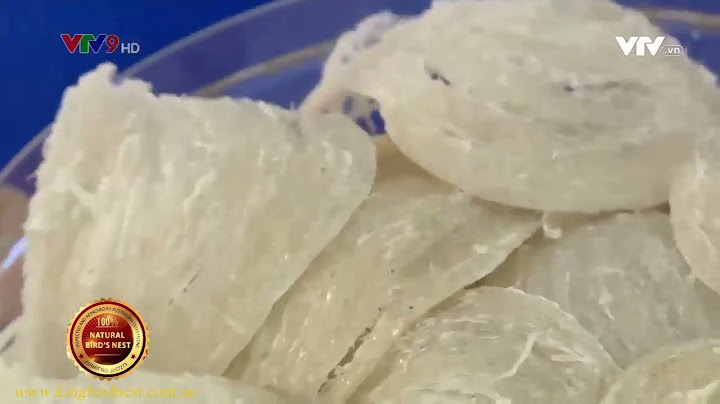Bleach is a common household chemical used to remove stains, disinfect, and deodorize. Two of the most common types of bleach are chlorine bleach (e.g., Clorox) and oxygen bleach (e.g., peroxide, Oxiclean). Here is a look at the difference between chlorine bleach and oxygen bleach, the pros and cons for each chemical, and which type of bleach is best to use. Show What Is Bleach?In general, a bleach is any chemical that decolorizes and removes stains from fibers, fabric, and surfaces. Because of the way they work, bleaches also kill algae, bacteria, and viruses. Some types of bleach also remove odors. The way bleach works is by breaking chemical bonds in organic molecules. When bonds are broken in pigmented molecules, the molecules can’t absorb light, rendering them colorless. The process changes the molecules so they may lose their ability to bind receptors in the nose, so they lose their odor. Breaking bonds makes algae unable to perform photosynthesis and denatures proteins in bacteria and viruses. There are two broad categories of bleaches. An oxidizing bleach uses the chemical reaction called oxidation to break the chemical bonds in the colored parts of molecules (the chromophore). A reducing bleach uses the reaction of reduction to change double bonds into single bonds, which also disrupts chromophores. Oxygen Bleach and Chlorine Bleach SimilaritiesBoth chlorine bleach and oxygen bleach are oxidizing bleaches. They share some similarities:
Differences Between Chlorine Bleach and Oxygen BleachBut, there are significant differences between the two types of bleach: Active AgentThe active agent in chlorine bleaches is chlorine, usually as hypochlorite (e.g., sodium hypochlorite, NaClO). Chlorine gas and chloramine also act as chlorine bleaches. The active agent in oxygen bleach is oxygen, usually as a peroxide compound, such as hydrogen peroxide (H2O2). Other oxygen bleaches include sodium percarbonate (Na2H3CO6), sodium percarbonate (Na2H4B2O8), ozone (O3), benzoyl peroxide [C6H5COO)2], potassium persulfate (K2S2O8), and peroxoacetic acid [H3CC(O)OOH]. ToxicityYou don’t want to handle or drink either oxygen bleach or chlorine bleach. However, diluted oxygen bleach is usually safe enough to touch, providing you rinse it off. Chlorine bleach is toxic, poses a splash risk to skin and eyes, and evolves toxic fumes. Oxygen bleach is considered to be more eco-friendly because it’s biodegradable and safe for septic systems. However, household chlorine bleach actually is safe for the environment. It disappears almost immediately in water and soil. The concern is that it releases volatile chlorine species into the air. These chemicals are toxic and suspected human carcinogens. Using chlorine bleach indoors poses a health risk. Chlorine bleach should not be mixed with any other cleaners unless they are made to work with bleach. It releases dangerous fumes when mixed with ammonia, acetone, alcohol, vinegar, and other chemicals. Oxygen bleach plays well with most other cleaners, but it should not be mixed with vinegar. Effects on FabricChlorine bleach damages fibers and fabrics. The damage is irreversible and cumulative. It’s more powerful than oxygen bleach, so it decolorizes prints and dyes and not just stains. Oxygen bleach is gentler to fibers and fabrics. It can be used on delicate fabrics, such as silk and wool. It’s reasonably safe for colored fabrics, although it may fade them over time. Deodorizing CapacityChlorine bleach deodorizes, while oxygen bleach does not. However, chlorine bleach also leaves a “chlorine” odor. TemperatureBoth types of bleach work best in hot water, but oxygen bleach is quite a bit less effective than chlorine bleach in warm or cold water. Which Type of Bleach Is Better?Oxygen bleach is the hands-down winner for everyday laundry and cleaning surfaces because it’s less toxic, gentle to fabrics, and safe for colors. However, chlorine bleach still has its place. It’s stronger, works well in cooler temperatures, and deodorizes. Mã vạch (Barcode):4971902071091Chất liệu/Thành phần:● Percarbonate (oxy), carbonate, chất làm mềm nước, axit persulfuric, chất hoạt động bề mặt (natri alpha olefin sulfonate)Màu sắc:○ Màu xanhKích thước:○ 89×175×25HmmDung tích:○ 120gQuy cách đóng gói:○ 24 gói/ thùngCông dụng:● Chất tẩy mang sức mạnh của Oxygent, An toàn loại bỏ mọi vết bẩn, giúp cho cho đồ đạc, vật dụng sạch tinh tươm như mới ● Sử dụng cho tẩy cặn bình trà, vết cáu bát ăn, chén, đĩa, vết bẩn của giầy, quần áo, lồng máy giặt, rèm, bồn tắm, lược, vết bám Hướng dẫn sử dụng:● Hòa tan khoảng 30 gam bột Oxi Wash vào 4 lít nước nóng hoặc 8g cho 1 lít nước ấm từ 40~60 độ C (tùy thuộc vào khối lượng vật dụng cần tẩy rửa hoặc độ bẩn của vết bẩn) ● Sau đó Ngâm đồ vật/ vật dụng vào trong dụng dịch khoảng 5~10 phút sau chà nhẹ & đó tráng lại bằng nước sạch. ● Tránh ánh nắng trực tiếp và nhiệt độ cao ● Tránh xa tầm tay của trẻ nhỏ!■ Thông tin bổ sung: ● Không sử dụng cho các vật dụng có chất liệu từ len, lụa hay thuộc da, trang sức, phụ kiện kim loại. Không sử dụng cho nước nóng 100 độ C. ● Không đựng trong hộp kín thời gian dài do Oxi có thể bị nổ ● Sau khi pha dung dịch nên sử dụng trong 6 tiếng. ● Không trộn lẫn với các dung dịch tẩy rửa khác khi sử dụng. ● Ngày SX: In trên bao bì sản phẩm ■ Sản phẩm được nhập khẩu trực tiếp từ Nhật Bản ■ Sản xuất tại Nhật Bản | MADE IN JAPAN |




















